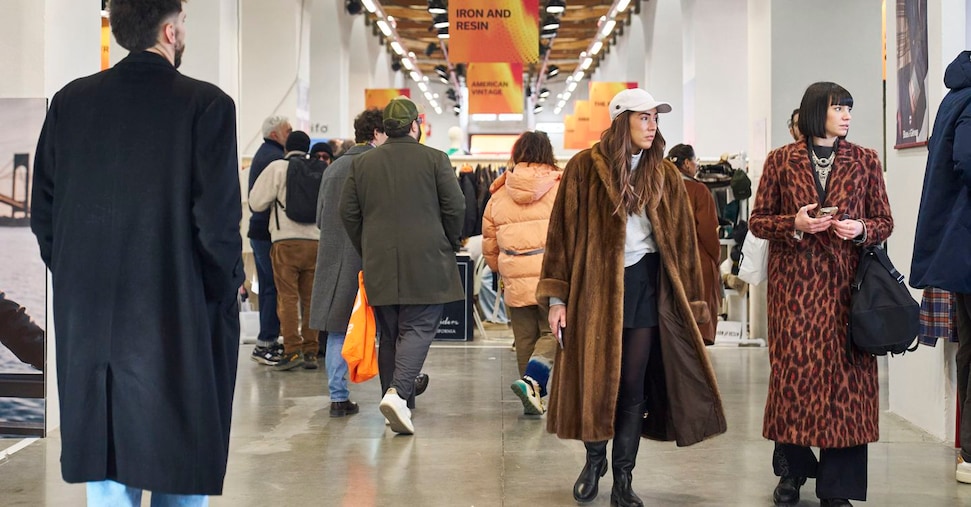2025 confirms itself as a critical year for Italian fashion, including men’s fashion. A sector that, at the end of the year, will presumably register a slowdown compared to the already difficult 2024. The data processed by the Centro Studi di Confindustria Moda based on Istat, released on the occasion of the presentation of Pitti Uomo 109, tell of a first part of the year – the first seven months – in which exports recorded a drop of 3.2% on an annual basis, dropping to 5.3 billion, drowned by the -7.8% drop in exports to non-European countries, which maintains the heaviest share of total exports (52.2%). In contrast, exports to EU markets rose by 2.4 per cent. In the first seven months of the year, Italian companies stocked up, perhaps also due to the fear of the repercussions of American tariffs on the cost of goods, with imports up +5.5% to 3.8 billion euro, with purchases from non-EU countries up almost 16%. The top suppliers are Bangladesh (+23.3%), China (+27%) and Spain (+13.9%).
Pitti, January edition number 109
In – or perhaps in spite of – this challenging context, the 109th edition of Pitti Uomo will open on 13 January 2026, which, recalls president Antonio De Matteis, ‘in this not easy situation due to political and economic problems at international level, remains a reference point for the world’s most important buyers. Last winter edition we registered 20 thousand visitors, 13 thousand of which were buyers (5 thousand foreign, ed.) and we continue to have many adhesions from brands: at the moment we are at 730, of which 44 international”. According to De Matteis, ‘it is important to continuously renew oneself and this is what Pitti continues to do with its events: it is from the new brands, even the small ones, that the real push for the recovery of Made in Italy fashion can come. A push from which even the big brands can benefit’.
Among the novelties of the January edition of Pitti Uomo – which will host Soshiotsuki, Hed Mayner and Shinyakozuka among the guest designers – is the HiBeauty area that brings together ten research perfumery brands in the wake of the success of the Pitti Fragranze event in September, which registered 34% more visitors than the previous one.
Exports, down to non-EU countries (but not the US)
Returning to exports – a theme that is closely linked to that of the presence of foreign buyers at Pitti -, in the first seven months of the year, France (+1%) confirmed its position as the first outlet market for Italian men’s fashion; the USA is the second market with 10.5% of exports and, between January and July 2025, recorded growth of +6.5%. At non-European level, exports to the Emirates are growing, while China shows a reversal of trend, with a drop of -18.4%, bringing the value of exports to 363 million Euros, or 6.8% of the total. Germany, Spain, the United Kingdom and Switzerland, the logistical hub of luxury groups, are also down. Looking at product categories, on the other hand, the only growing segment is leather clothing (+8%) while outerwear is down. “Italian fashion requires special attention today. The data are significant: in 2024 we have recorded a 4% drop in exports with a -3% in the first seven months of 2025 compared to the same period last year,” said Matteo Zoppas, president of Ice. “Numbers that confirm a critical situation and that urge us to continue important work on the sector. What emerges from the analysis of the data is a two-speed scenario: alongside companies in great difficulty there are others that manage to hold their ground and, in some cases, grow. As can be seen, the picture is complex and requires targeted and differentiated responses. The government has shown its full awareness of this urgency with the opening of two tables on fashion promoted by Foreign Minister Antonio Tajani and Minister of Enterprise and Made in Italy Adolfo Urso’. Tables that Raffaello Napoleone, Pitti’s CEO, described as ‘more concrete than in the past. The coordination between ministries is appreciable’.
link

